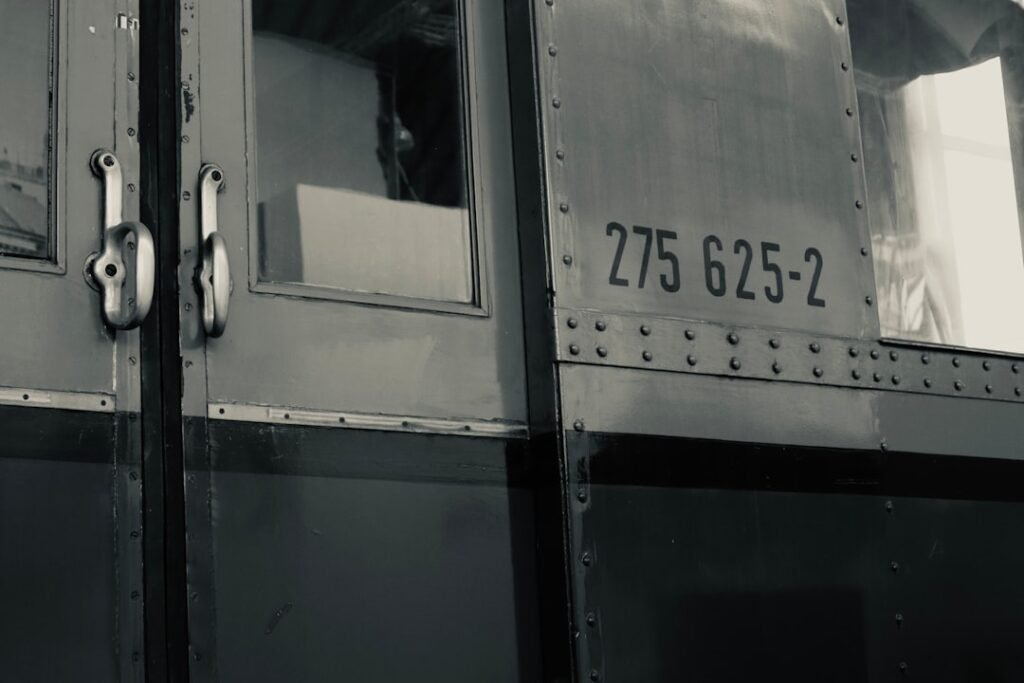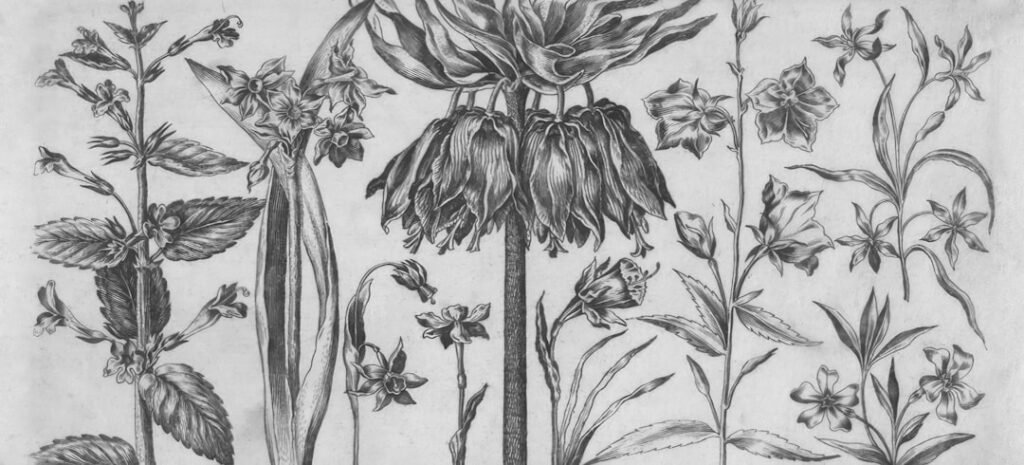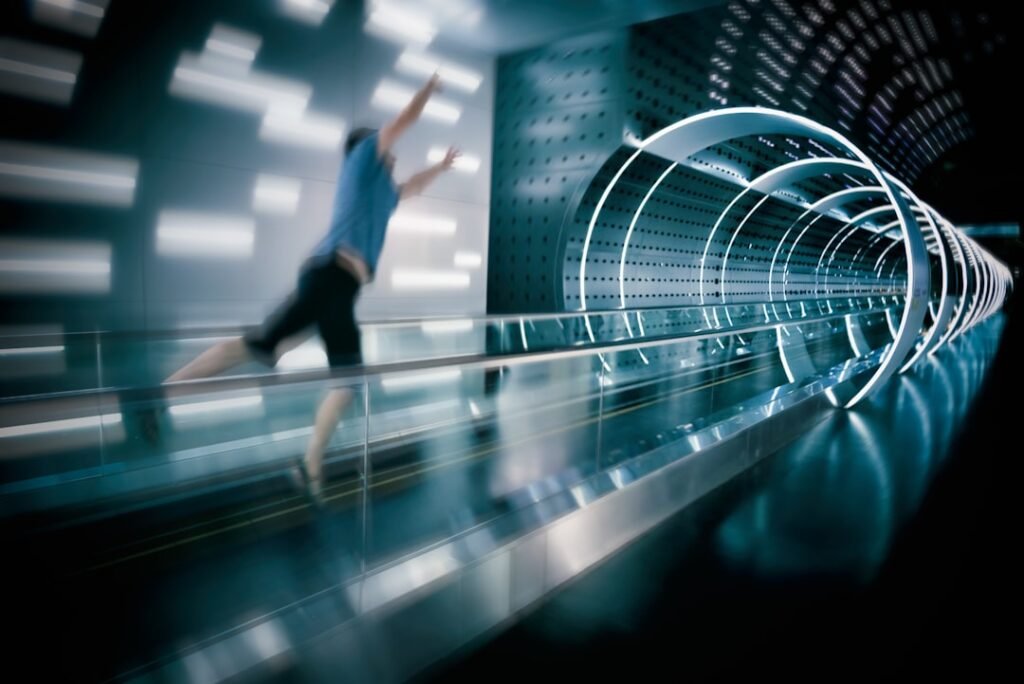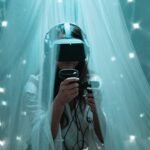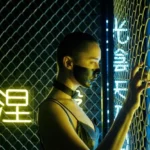Now Reading: The Evolution of Horror: Dread Takes Over from Jump Scares
-
01
The Evolution of Horror: Dread Takes Over from Jump Scares
The Evolution of Horror: Dread Takes Over from Jump Scares

In the early days of horror, the genre was characterized by its reliance on jump scares and shock value to elicit visceral reactions from audiences. I often find myself reflecting on the classic horror films that paved the way for this approach, such as “Psycho” and “Night of the Living Dead.” These films utilized sudden, unexpected moments to jolt viewers out of their seats, creating a sense of immediate fear that was both thrilling and unsettling. The simplicity of these techniques was effective; a sudden loud noise or an unexpected appearance of a character could send chills down my spine, making me acutely aware of my own vulnerability.
As I delve deeper into the history of horror, I realize that this focus on shock value was not merely a gimmick but a reflection of societal fears at the time. The post-war era, marked by uncertainty and anxiety, found its expression in films that played on our primal instincts. The thrill of being scared became a form of escapism, allowing audiences to confront their fears in a controlled environment.
I can almost feel the tension in the air as I imagine audiences gasping in unison during those iconic moments, their collective fear creating a shared experience that transcended the screen.
Key Takeaways
- The early days of horror focused on jump scares and shock value to elicit fear in audiences.
- The birth of psychological horror marked a shift from gore to creating a sense of dread and unease in viewers.
- Classic literature has had a significant influence on the evolution of horror, inspiring many iconic horror stories and themes.
- Technology has had a major impact on the horror genre, allowing for more realistic and immersive scares in films and games.
- Supernatural and paranormal elements have become increasingly popular in horror, adding a new layer of fear and intrigue for audiences.
The Birth of Psychological Horror: Shifting from Gore to Dread
The Rise of Psychological Horror
Instead of relying solely on graphic violence, filmmakers began to delve into the complexities of the human mind, exploring themes of paranoia, isolation, and existential dread. Films like “The Shining” and “Rosemary’s Baby” exemplify this shift, drawing me into a world where the true horror lies not in what is seen but in what is felt.
Tapping into Our Deepest Fears
I find it fascinating how psychological horror taps into our deepest fears and insecurities. The slow build-up of tension and the exploration of characters’ inner turmoil create an atmosphere that lingers long after the credits roll.
A Deeper Exploration of the Human Experience
I often reflect on how these films challenge me to confront my own fears, making me question what is real and what is merely a product of my imagination. This genre invites me to engage with horror on a deeper level, allowing for a more profound exploration of the human experience.
The Influence of Classic Literature on the Evolution of Horror

Classic literature has played an instrumental role in shaping the horror genre as we know it today. As I immerse myself in the works of authors like Edgar Allan Poe, Mary Shelley, and H.P. Lovecraft, I can see how their themes and motifs have influenced countless filmmakers and writers.
These literary giants explored the darker aspects of human nature, weaving tales that resonate with our deepest fears and anxieties. Their ability to evoke terror through language has left an indelible mark on the genre, inspiring generations to come. I often find myself captivated by the way these authors used atmosphere and symbolism to create a sense of dread.
For instance, in “Frankenstein,” Shelley delves into themes of creation and responsibility, forcing me to confront the moral implications of scientific advancement. Similarly, Poe’s mastery of suspense and psychological torment invites me to explore the fragility of sanity. As I read these works, I can’t help but appreciate how they laid the groundwork for modern horror, proving that true terror often lies in the unknown and the unexplainable.
The Impact of Technology on the Horror Genre
The evolution of technology has had a profound impact on the horror genre, transforming how stories are told and experienced. As I reflect on this transformation, I recognize that advancements in special effects and sound design have allowed filmmakers to push the boundaries of what is possible on screen. From practical effects in early horror films to CGI in contemporary cinema, technology has enabled creators to bring their most terrifying visions to life.
I often marvel at how these innovations have enhanced my viewing experience, immersing me in worlds that were once limited by imagination alone. Moreover, technology has also changed how we consume horror content. The rise of streaming platforms has made it easier than ever for me to access a vast array of horror films and series from around the world.
This accessibility has led to a diversification of voices within the genre, allowing for unique perspectives and storytelling techniques that challenge traditional norms. As I explore this new landscape, I find myself drawn to international horror films that offer fresh takes on familiar tropes, expanding my understanding of fear across cultures.
The Rise of Supernatural and Paranormal Elements in Horror
In recent years, there has been a notable rise in supernatural and paranormal elements within the horror genre. As I delve into this trend, I can’t help but feel a sense of fascination with how these elements tap into our collective fears of the unknown. Ghosts, demons, and otherworldly beings have become staples in contemporary horror films, inviting me to confront my own beliefs about life after death and what lies beyond our understanding.
Movies like “The Conjuring” series and “Hereditary” exemplify this trend, weaving intricate narratives that blur the lines between reality and the supernatural. I find it intriguing how these supernatural elements often serve as metaphors for deeper psychological issues. For instance, in “The Babadook,” the titular creature represents grief and trauma, forcing me to confront my own emotional struggles.
This blending of supernatural horror with psychological themes creates a rich tapestry that resonates on multiple levels. As I engage with these stories, I am reminded that fear can manifest in various forms—both tangible and intangible—challenging me to explore my own beliefs about existence and what it means to be human.
The Role of Sound Design in Creating Dread in Horror Films

Sound design plays an essential role in crafting an atmosphere of dread in horror films. As I immerse myself in this aspect of filmmaking, I become acutely aware of how sound can manipulate my emotions and heighten tension. From eerie whispers to sudden crescendos, every auditory element is carefully curated to elicit specific reactions from viewers like me.
Films such as “A Quiet Place” exemplify this mastery of sound design, using silence as a powerful tool to create suspense and unease. I often find myself reflecting on how sound can enhance visual storytelling in ways that are both subtle and profound. The use of ambient noise—such as creaking floorboards or distant thunder—can transport me into the world of the film, making me feel as though I am experiencing the terror alongside the characters.
Additionally, musical scores can evoke feelings of dread or anticipation, guiding my emotional response throughout the narrative. This intricate interplay between sound and visuals is what makes horror films so captivating; it draws me into a visceral experience that lingers long after I’ve left the theater.
The Evolution of Horror in Television and Streaming Platforms
The evolution of horror has extended beyond traditional cinema into television and streaming platforms, creating new opportunities for storytelling within the genre. As I explore this shift, I am struck by how series like “American Horror Story” and “The Haunting of Hill House” have redefined what horror can be on television. These shows allow for deeper character development and complex narratives that unfold over multiple episodes, inviting me to invest emotionally in the characters’ journeys.
Streaming platforms have also democratized access to horror content, enabling diverse voices to emerge within the genre. As I browse through various offerings, I discover international series that challenge conventional tropes while exploring cultural fears unique to their regions. This expansion enriches my understanding of horror as a global phenomenon, showcasing how different societies interpret fear through their own lenses.
The ability to binge-watch entire seasons allows me to immerse myself fully in these narratives, creating an experience that feels both intimate and expansive.
The Importance of Atmosphere and Setting in Creating Dread
Atmosphere and setting are crucial components in crafting an effective horror narrative. As I reflect on my favorite horror films and series, I realize that it is often the environment itself that becomes a character within the story. Whether it’s an isolated cabin in the woods or a decaying mansion filled with secrets, these settings evoke feelings of unease that enhance my overall experience.
Filmmakers understand this dynamic well; they meticulously design locations that amplify tension and create an immersive world for viewers like me. I find myself particularly drawn to films that utilize natural elements—such as foggy landscapes or dark forests—to evoke feelings of isolation and vulnerability. These atmospheric choices serve as visual metaphors for internal struggles faced by characters, allowing me to connect with their fears on a deeper level.
The interplay between setting and character creates a rich tapestry that heightens suspense while inviting me to explore my own anxieties about being alone or trapped in unfamiliar surroundings.
The Shift from Gore to Psychological Terror in Modern Horror Films
In recent years, there has been a noticeable shift from graphic gore towards psychological terror in modern horror films. As I analyze this trend, I recognize that filmmakers are increasingly interested in exploring themes that resonate with contemporary audiences—such as mental health issues, societal pressures, and existential dread. Movies like “Get Out” and “Midsommar” exemplify this shift by delving into complex narratives that challenge traditional notions of fear while inviting me to confront uncomfortable truths about society.
This evolution reflects a broader cultural shift towards understanding mental health and emotional well-being. As I engage with these films, I am often left pondering my own experiences with anxiety or trauma; they encourage me to reflect on how fear manifests not only through external threats but also within our minds. This exploration adds layers to the genre that resonate deeply with viewers like me who seek more than just jump scares or shock value; we crave stories that provoke thought while eliciting genuine terror.
The Exploration of Societal Fears and Anxieties in Horror
Horror has always served as a mirror reflecting societal fears and anxieties throughout history. As I delve into various films and literature within this genre, I notice how creators use horror as a platform for social commentary—addressing issues such as racism, gender inequality, and political unrest. Movies like “Get Out” tackle systemic racism head-on while using horror tropes to amplify their message; this intersection between entertainment and activism resonates deeply with me.
I find it fascinating how horror allows us to confront uncomfortable truths about ourselves and society at large. By externalizing our fears through monsters or supernatural elements, we can engage with complex issues without feeling overwhelmed by their weightiness. This exploration invites me not only to reflect on my own beliefs but also encourages dialogue around pressing societal concerns—reminding us all that fear is not just an individual experience but one shared collectively across cultures.
The Future of Horror: Where Dread and Psychological Terror Will Take Us
As I contemplate the future of horror, I am filled with anticipation for where dread and psychological terror will take us next. With advancements in technology continuing to shape storytelling possibilities—such as virtual reality experiences or interactive narratives—I can only imagine how these innovations will further immerse audiences like me into terrifying worlds. Filmmakers are likely to continue pushing boundaries while exploring new themes relevant to contemporary society; this evolution excites me as it promises fresh perspectives on fear.
Moreover, as conversations around mental health become increasingly prominent within our culture, I believe we will see more films tackling psychological issues head-on—inviting viewers into complex emotional landscapes that challenge traditional notions of horror. This shift towards introspection may lead us down paths previously unexplored within the genre; it encourages me not only to confront my own fears but also fosters empathy towards others grappling with their struggles. In conclusion, as I reflect on the evolution of horror—from its early days rooted in jump scares to its current exploration of psychological terror—I am reminded that fear is an ever-evolving concept shaped by cultural contexts and technological advancements.
The genre continues to captivate audiences like me by challenging our perceptions while inviting us into dark corners where we confront both external threats and internal demons alike. As we move forward into uncharted territory within this fascinating realm, one thing remains certain: horror will always hold a mirror up to society—reflecting our deepest fears while offering us an opportunity for catharsis through shared experiences with dread.
In a recent article discussing how jump scares are being replaced by dread in horror games, it is interesting to note the evolving trends in the gaming industry. This shift towards creating a more immersive and psychologically unsettling experience can be seen in the upcoming Silent Hill 2 remake, as explored in this article. The anticipation for this remake highlights the desire for a more atmospheric and tension-filled gameplay experience, rather than relying on cheap jump scares. It will be fascinating to see how this trend continues to shape the future of horror gaming.












